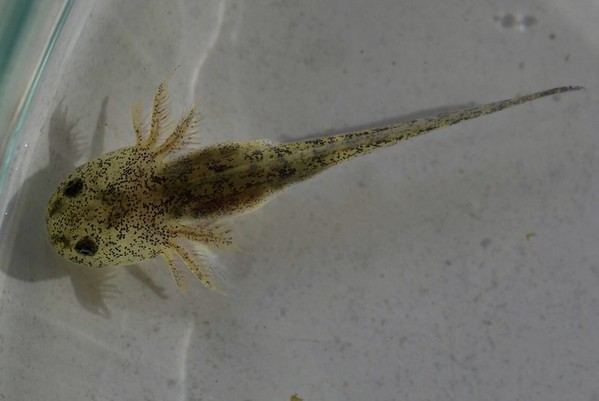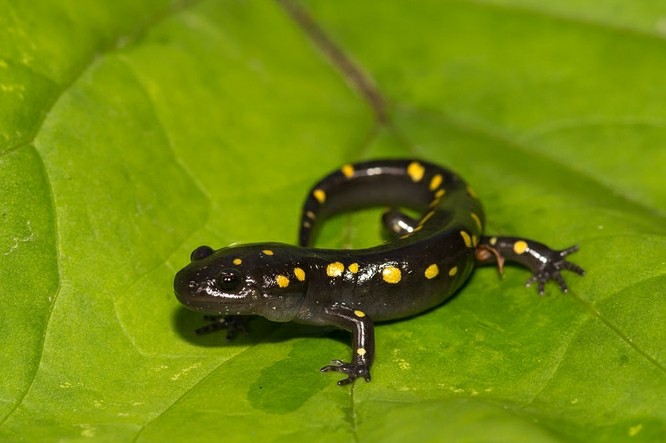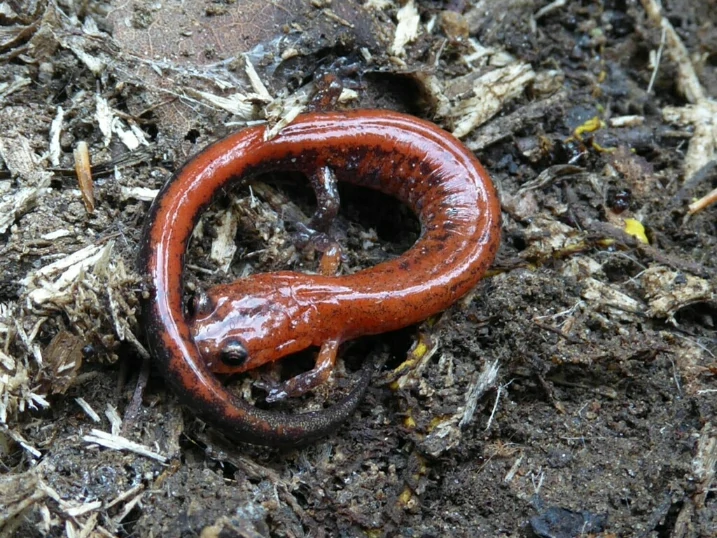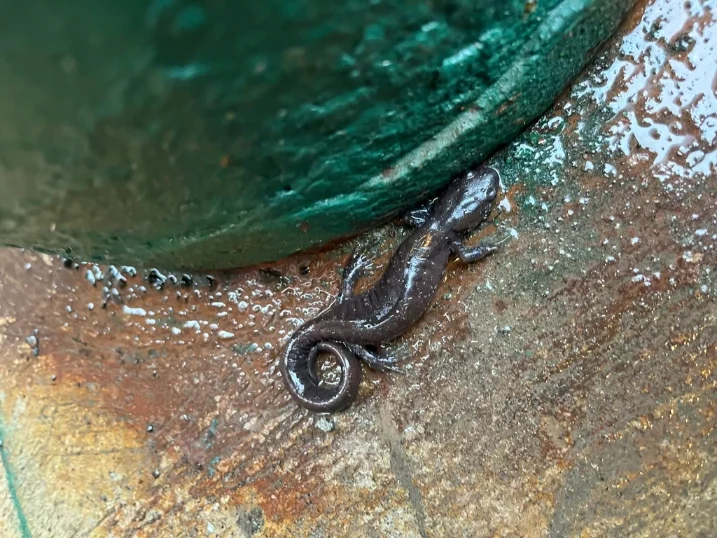What Do Salamander Tadpoles Look Like?
Salamanders are quiet, secretive animals that often stay hidden in wet forests, cool streams, and muddy soil. They move slowly and carefully, blending in with the world around them. Like frogs, many salamanders begin life in the water. But instead of hatching as small frogs, they hatch as something different. They start their lives as … Read more










